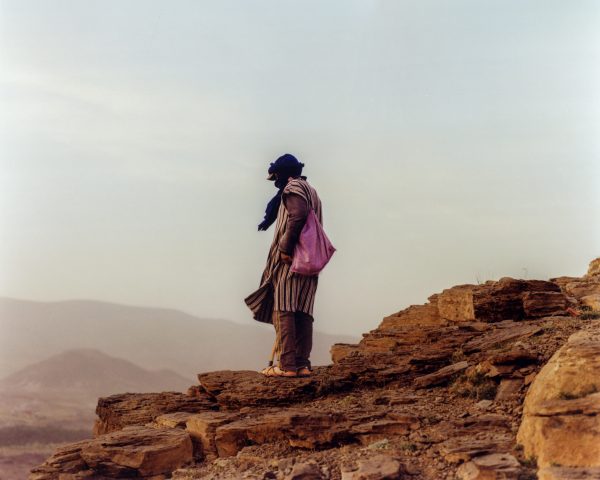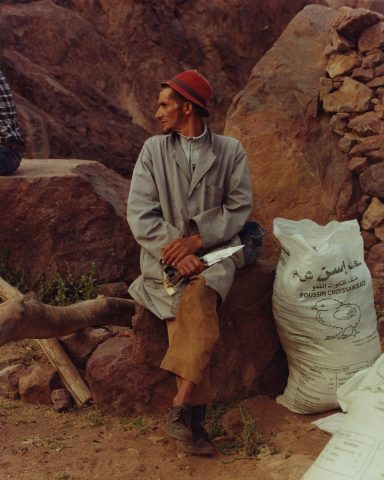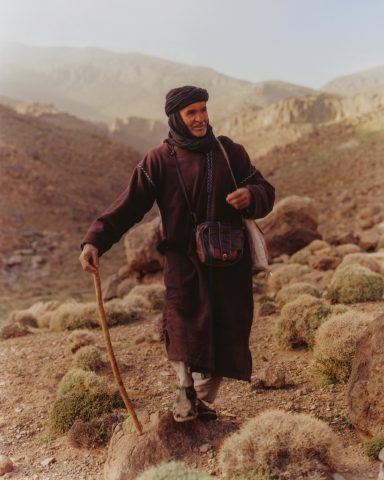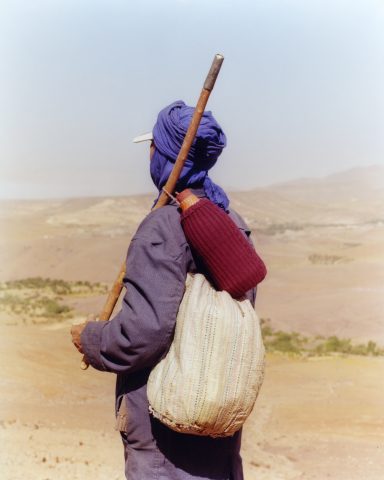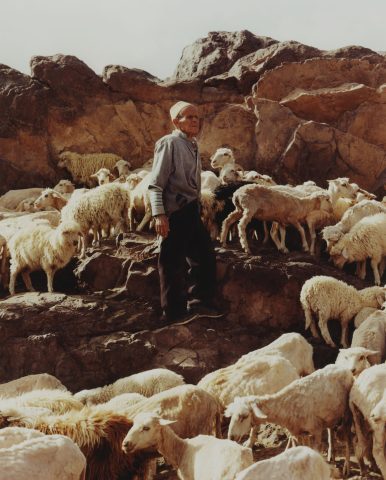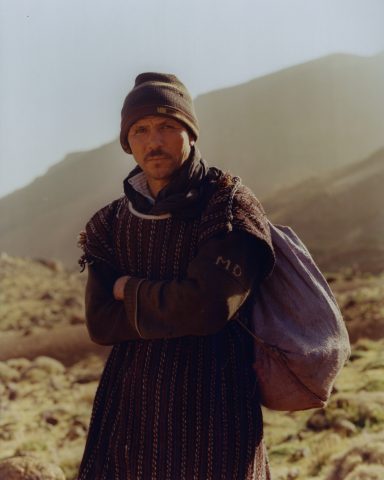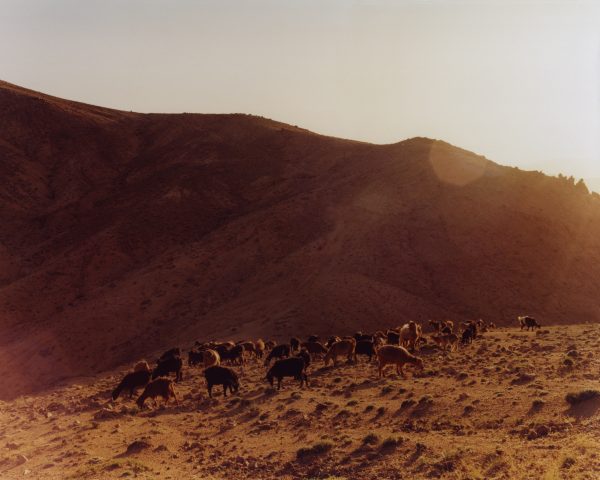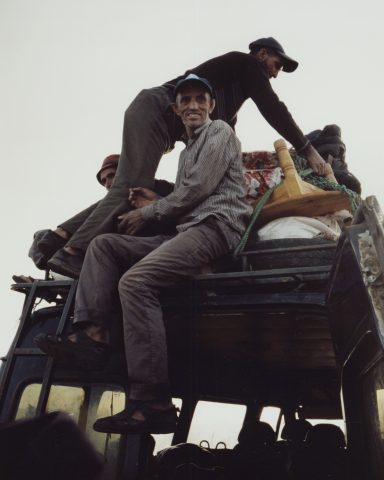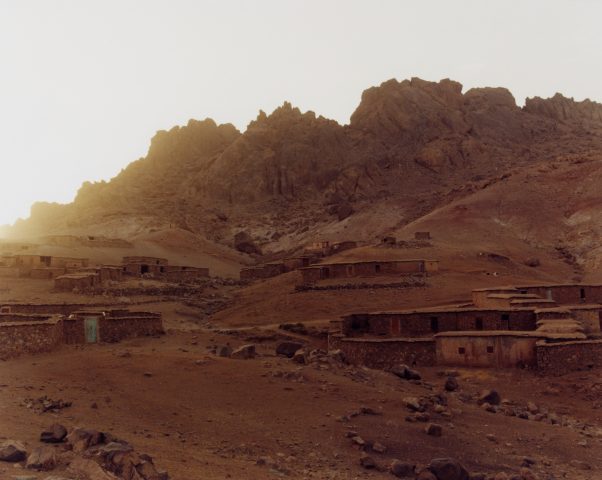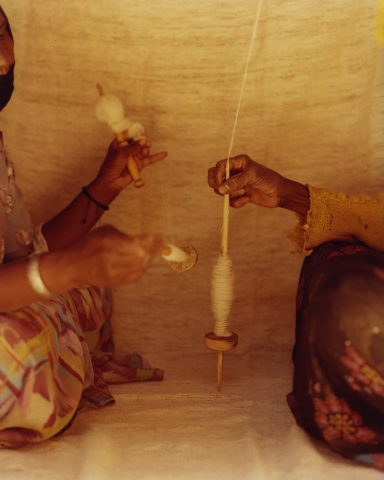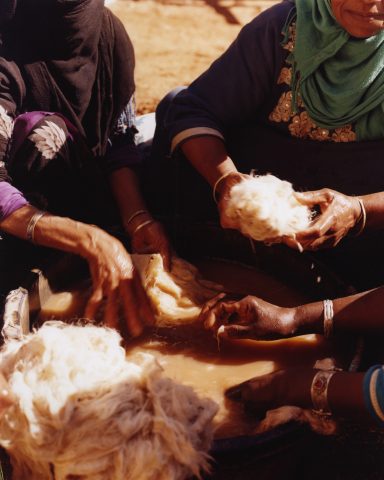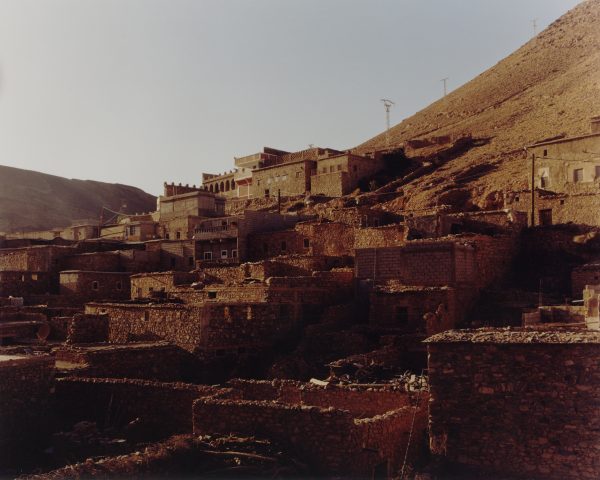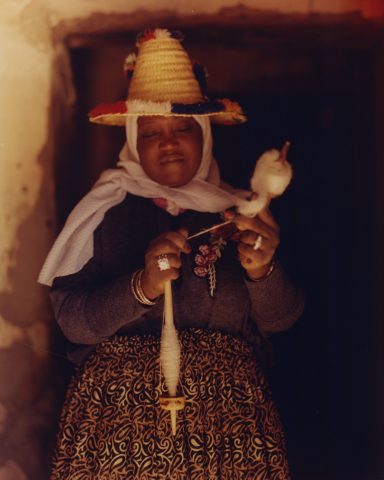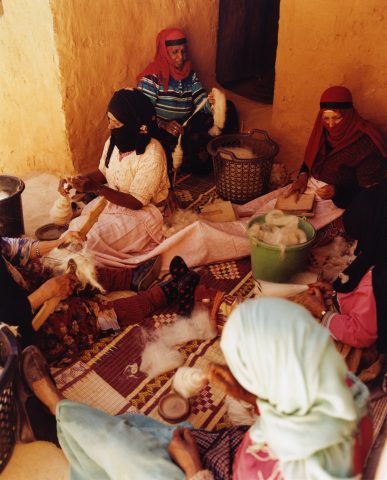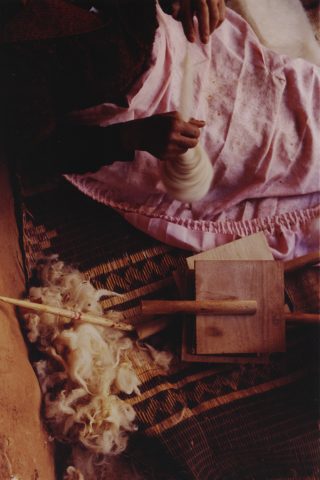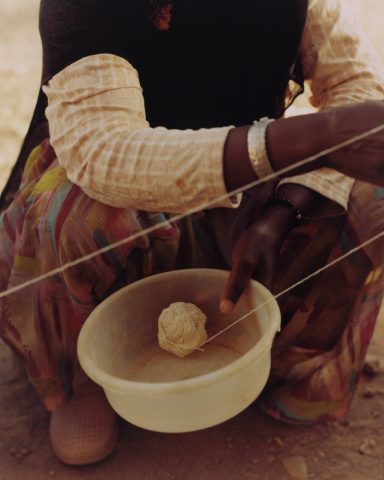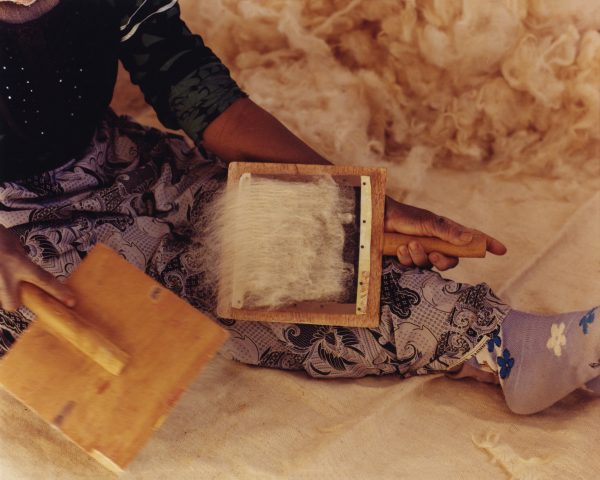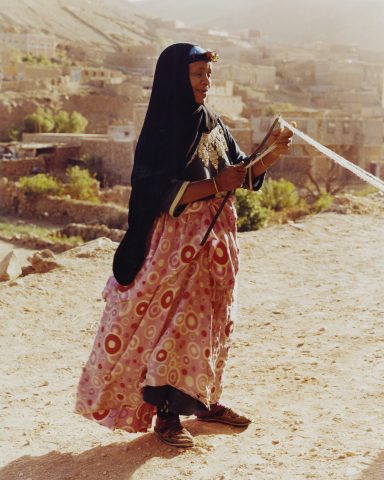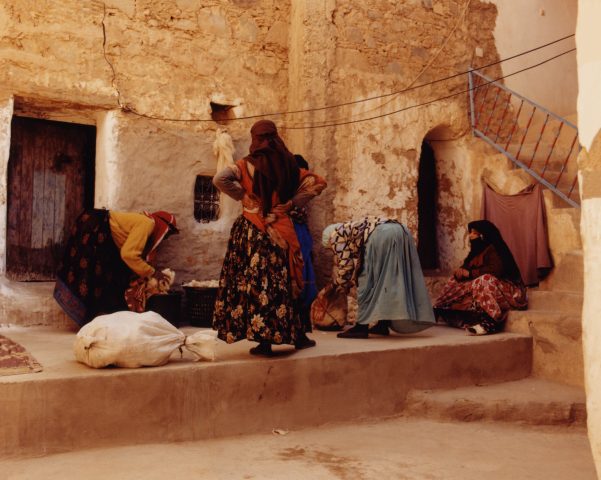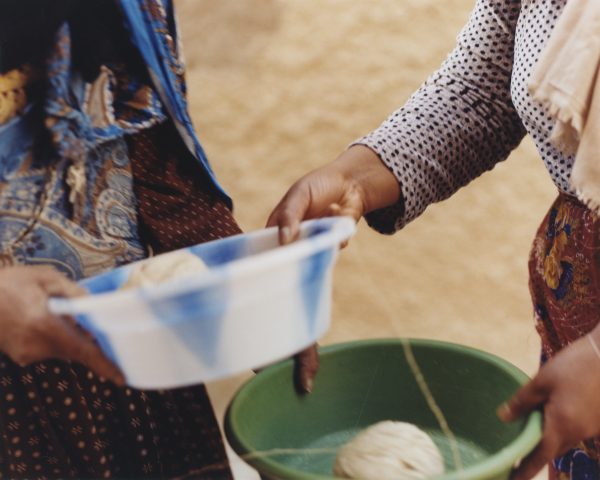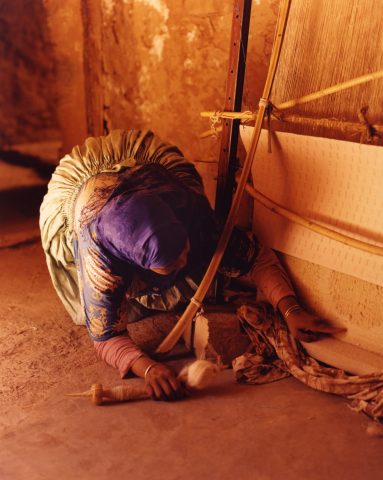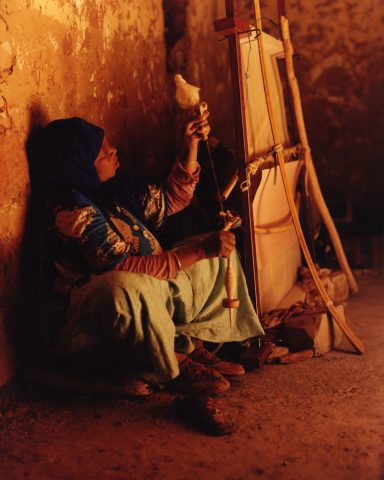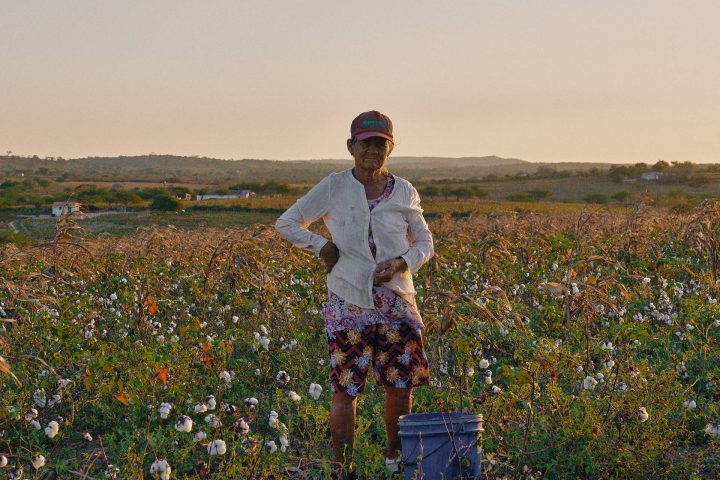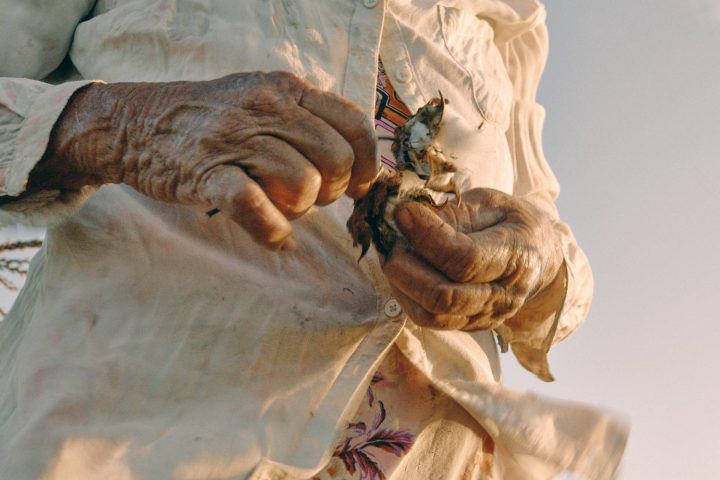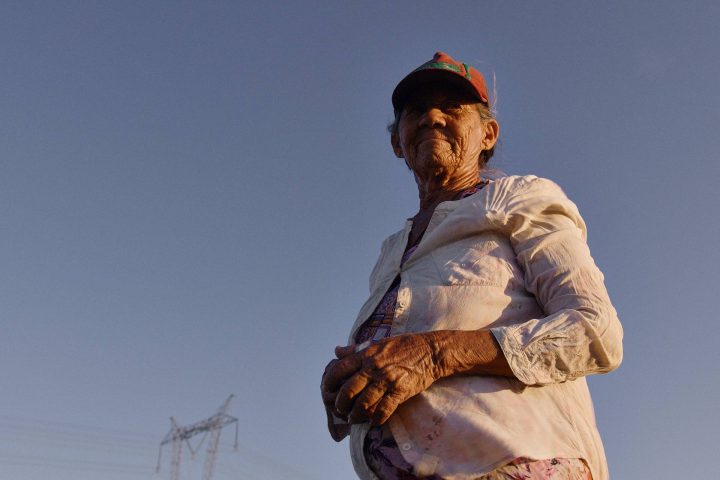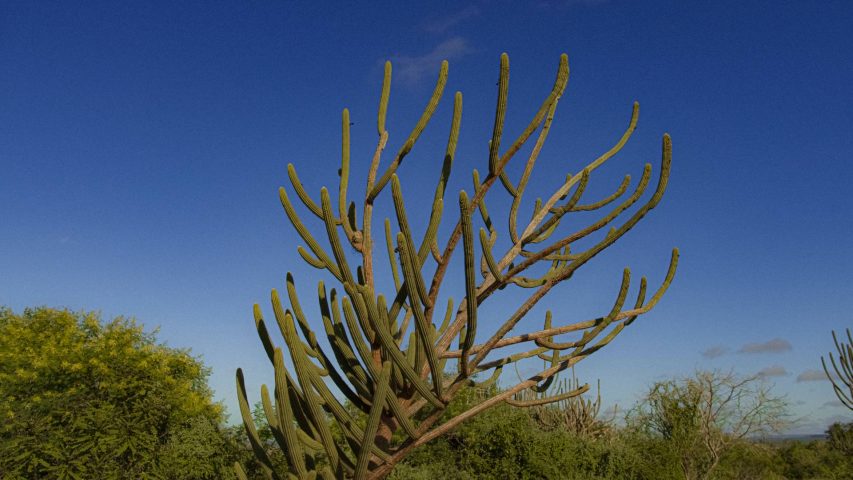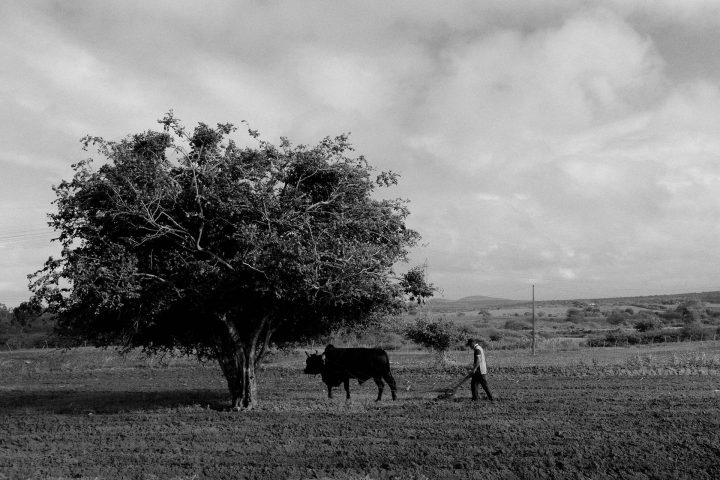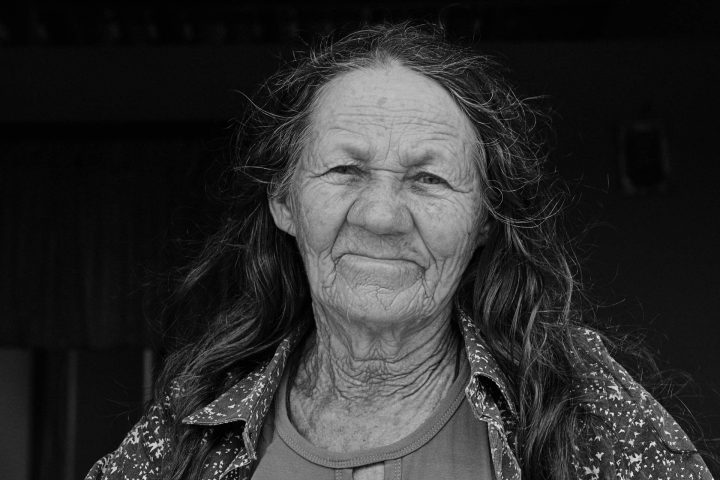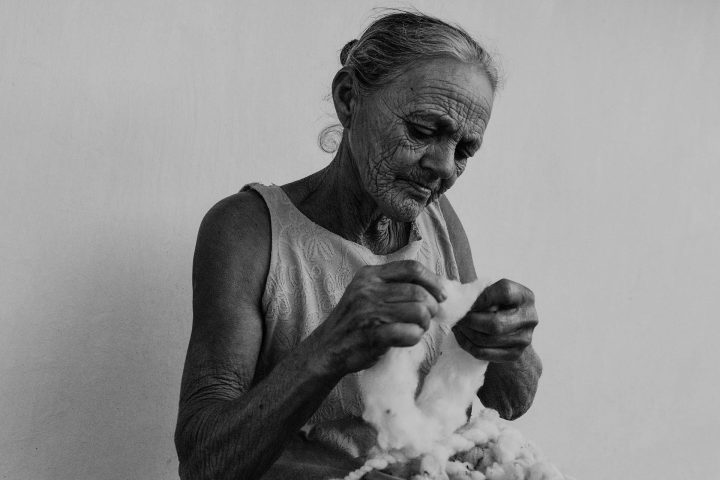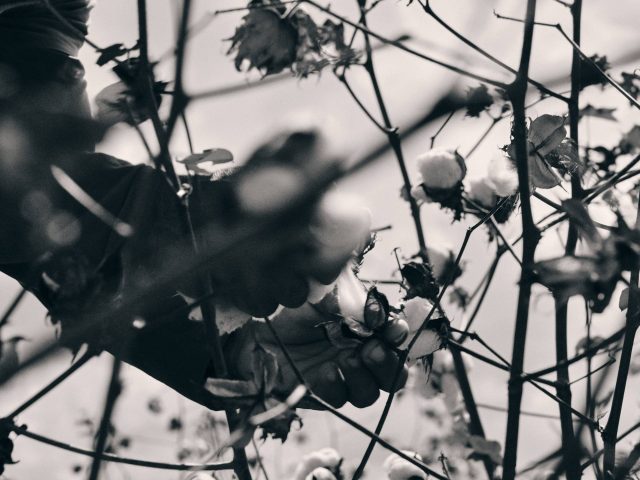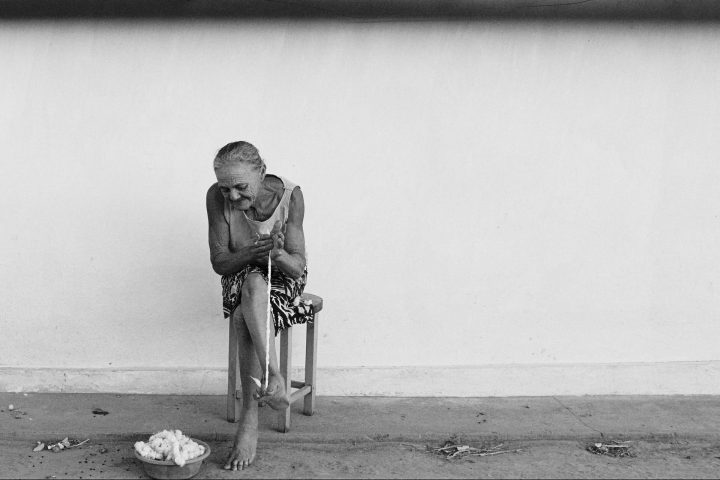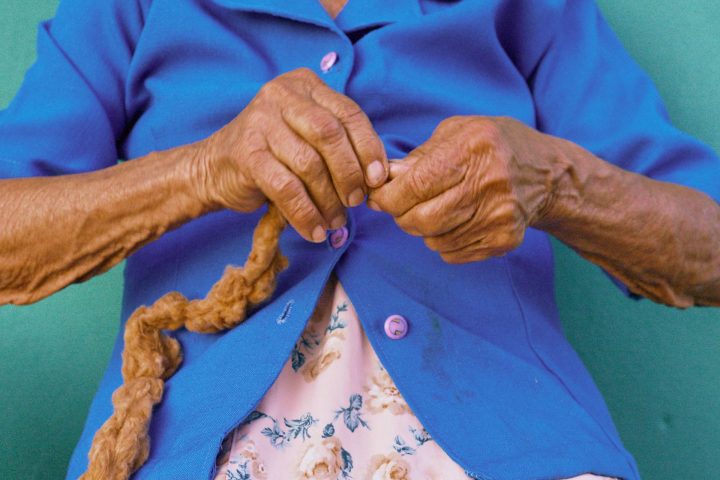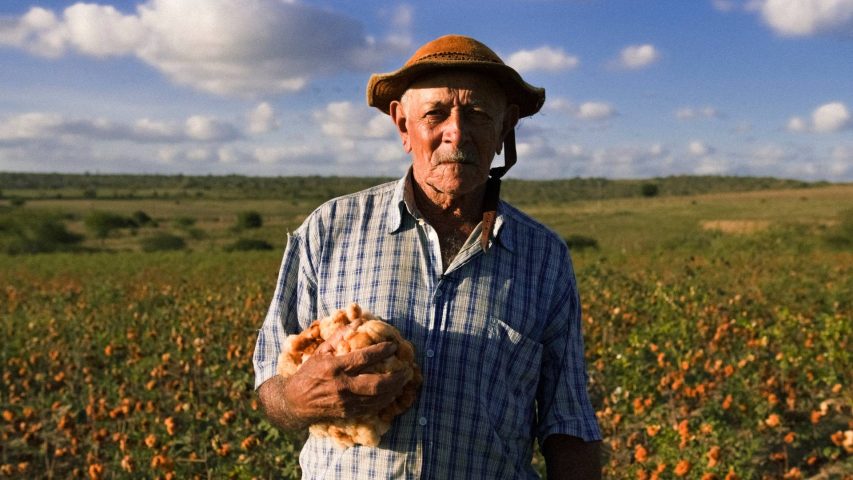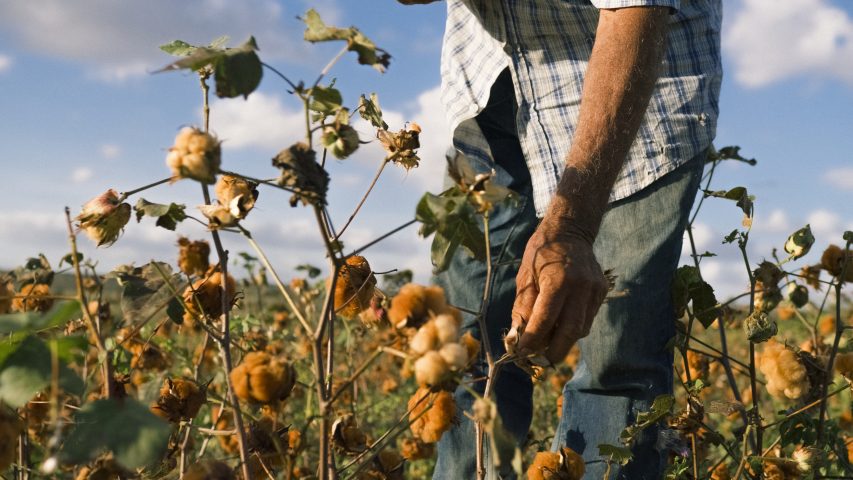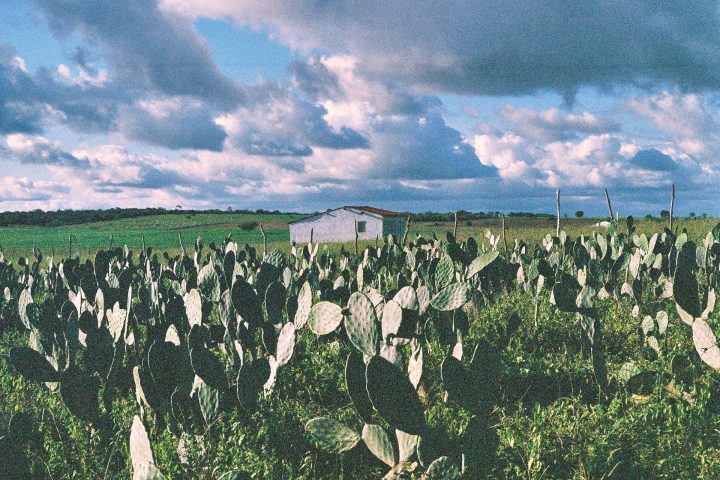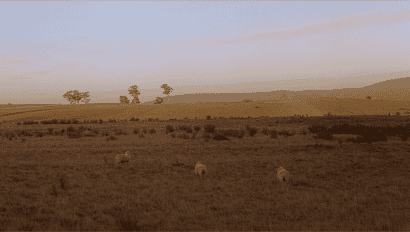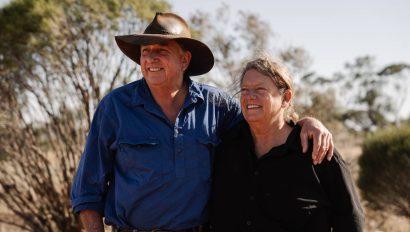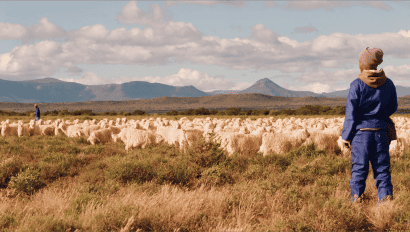Tracing Material Origin Stories with Magnum Photos for Our 2025 Competition
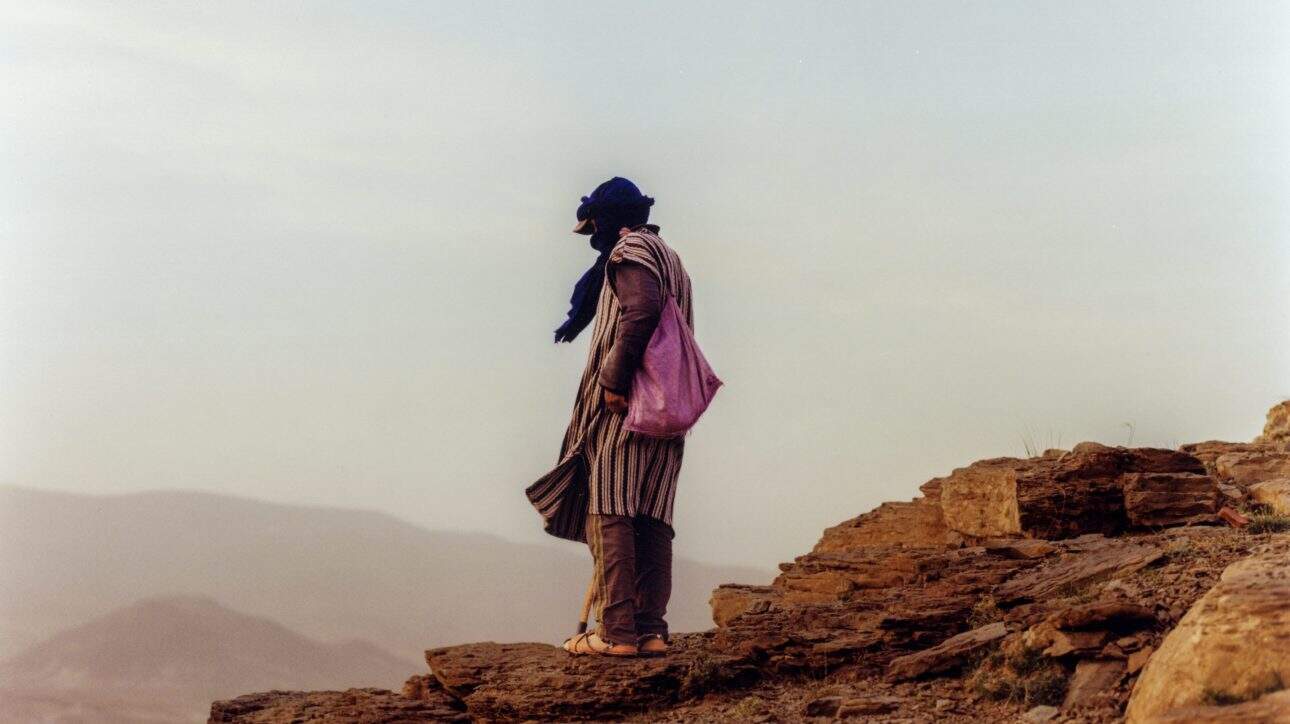
Every year, Textile Exchange teams up with world-renowned photography agency Magnum Photos to run an annual competition for emerging visual storytellers. The initiative aims to look behind finished garments and inspire a deeper connection with the people and places at their source.
In 2024, the results of the Textile Exchange Materials Benchmark found that 75–88% of all materials sourced by participating brands were from an unknown country of origin. Most people know the end of the narrative—the finished items that we buy and wear—but the origins of the materials that make them are often erased from the storytelling.
Textile Exchange’s 2025 competition with Magnum Photos set out to reframe the narrative and put the raw materials and their origins at the center of the story. The winning entries, chosen by a panel of 7 expert jurors, dig deeper into the people and places behind the clothing and textiles and help to contextualize the impact of the industry from a human and nature perspective.
This year’s edition of the annual competition saw 457 photographers from 77 countries share their stories. The overall winner, French photographer Pierre Girardin, documents nomadic wool production in Morocco, tracing its journey from fiber to fabric against the backdrop of climate change. Runner-up Cecília Bueno explores the lives of agroecological farmers in the Northeast of Brazil, her home country. Three highly commended entries take us further, capturing regenerative cotton farming in India, cashmere in Mongolia, and wool in Argentina—examples of both traditional practices and progressive approaches shaping material production today.
WINNER
Pierre Girardin
Based in Marseille, France, Girardin mixes abstract and figurative forms in his photography, experimenting with materiality and colour through laboratory work and varied reproduction processes. He is particularly drawn to the craftsmanship, ancestral knowledge, and evolving traditions that represent the deep relationship between communities and their environments. His work explores how these cultural legacies adapt or fade in a world of constant change and acceleration.
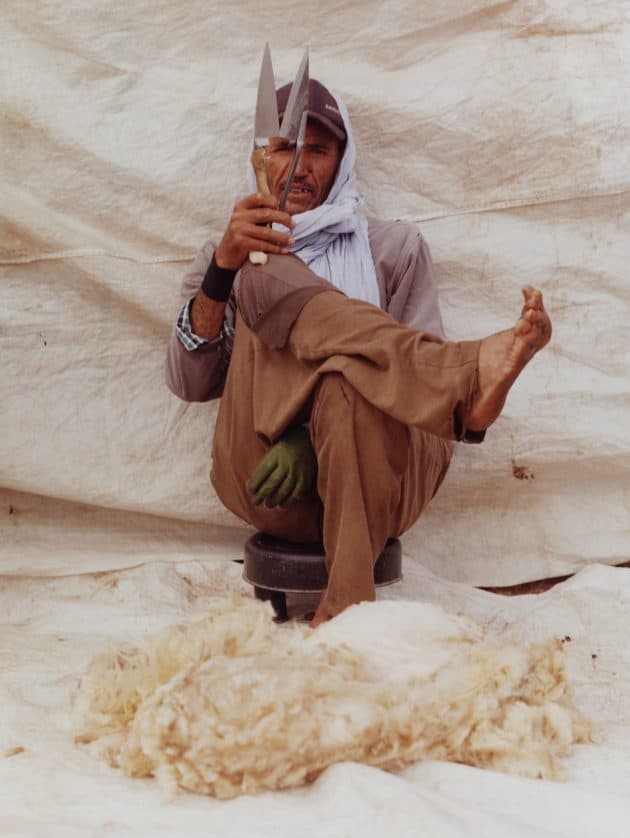
Girardin’s work follows the wool ecosystem in Morocco, from its nomadic producers to the talented craftspeople transforming the fiber. He starts with shepherds and livestock breeders in the Siroua region, documenting how climate change has led to water shortages and a lack of grazing land. His lens captures both the challenges of survival and the resilience of local cooperatives working to revive wool in traditional crafts. This takes him to a small village in Morocco’s Anti-Atlas region, inhabited mostly by women. It is known for weaving woollen veils and painting them using henna as a natural dye. While these women have historically been rendered invisible by craft merchants, Girardin shines a light on the weavers and the mastery they have over their craft. The project was commissioned by Memòri Lab, an organization seeking to preserve and promote the artisanal skills and traditional knowledge of Morocco’s Siroua region.
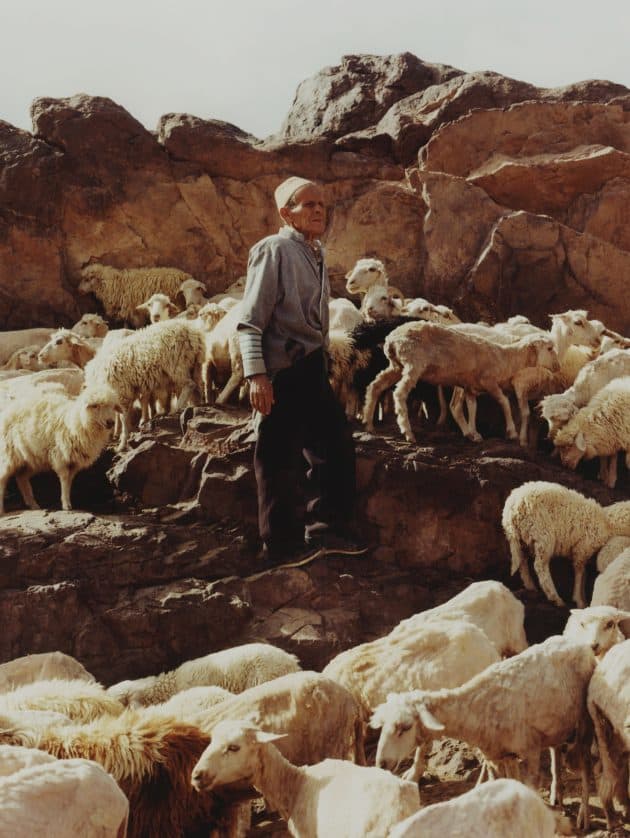
Explore THE SERIES
Shepherds and weavers of Morocco
RUNNER UP
Cecília Bueno
Hailing from Brazil, Bueno is a photographer and filmmaker whose work explores the intersections between reality, memory, and imagination. For her, photography becomes not only a tool of documentation but a form of weaving: connecting gesture, land, and time into visual narratives that reveal how textiles embody care, endurance, and transformation.

Bueno’s photo series documents communities of agroecological farmers in the Borborema Plateau in the semi-arid highlands of Paraíba, Brazil. The project follows the full cycle of organic cotton, from the sowing of ancestral seeds to the harvest, when the fields fill with what they call “white gold.”
Agroecological farmers aim to restore balance to ecosystems while honoring traditional knowledge, through ancestral practices such as spinning, weaving and harvesting. By centring the narrative on those who grow cotton and their deep ties to the land, Bueno set out to shift the gaze from the final product in the fashion chain to the human, ecological, and emotional paths that precede it.

Explore THe series
Northeastern Brazil’s white gold
HIGHLY COMMENDED
A few more favorite entries
Ashish Chandra
Mumbai-based Ashish Chandra has worked across advertising and editorial, though his main interest lies in documentary photography. His project Land Beneath Our Feet explores the world of regenerative cotton farming in Erode, Tamil Nadu, from the perspective of place, labor, and tradition. It traces the life cycle of cotton, using quiet, intimate images to capture both the agricultural processes and the human stories that emerge from them. His shots bring to life the work of Oshadi, a collective that grows cotton regeneratively and transforms it into finished garments through a localized supply system.
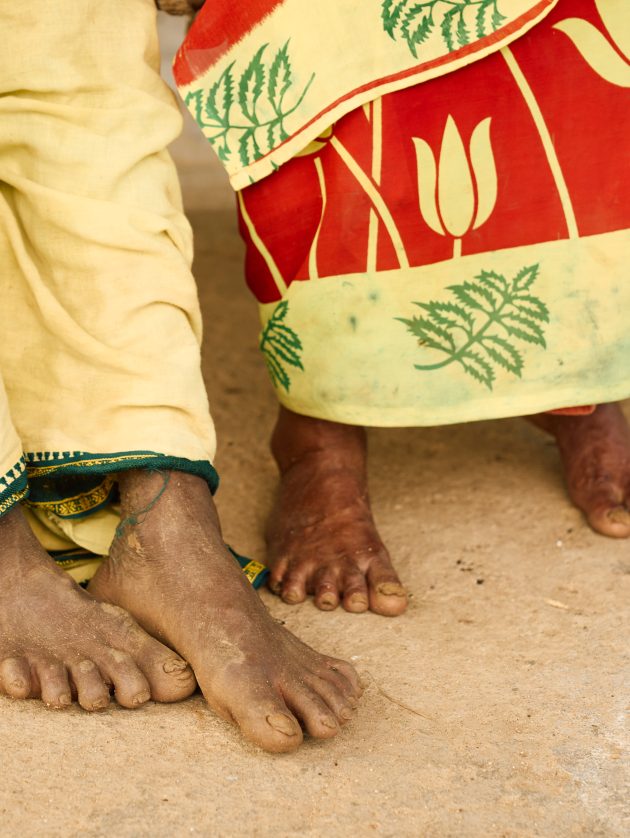

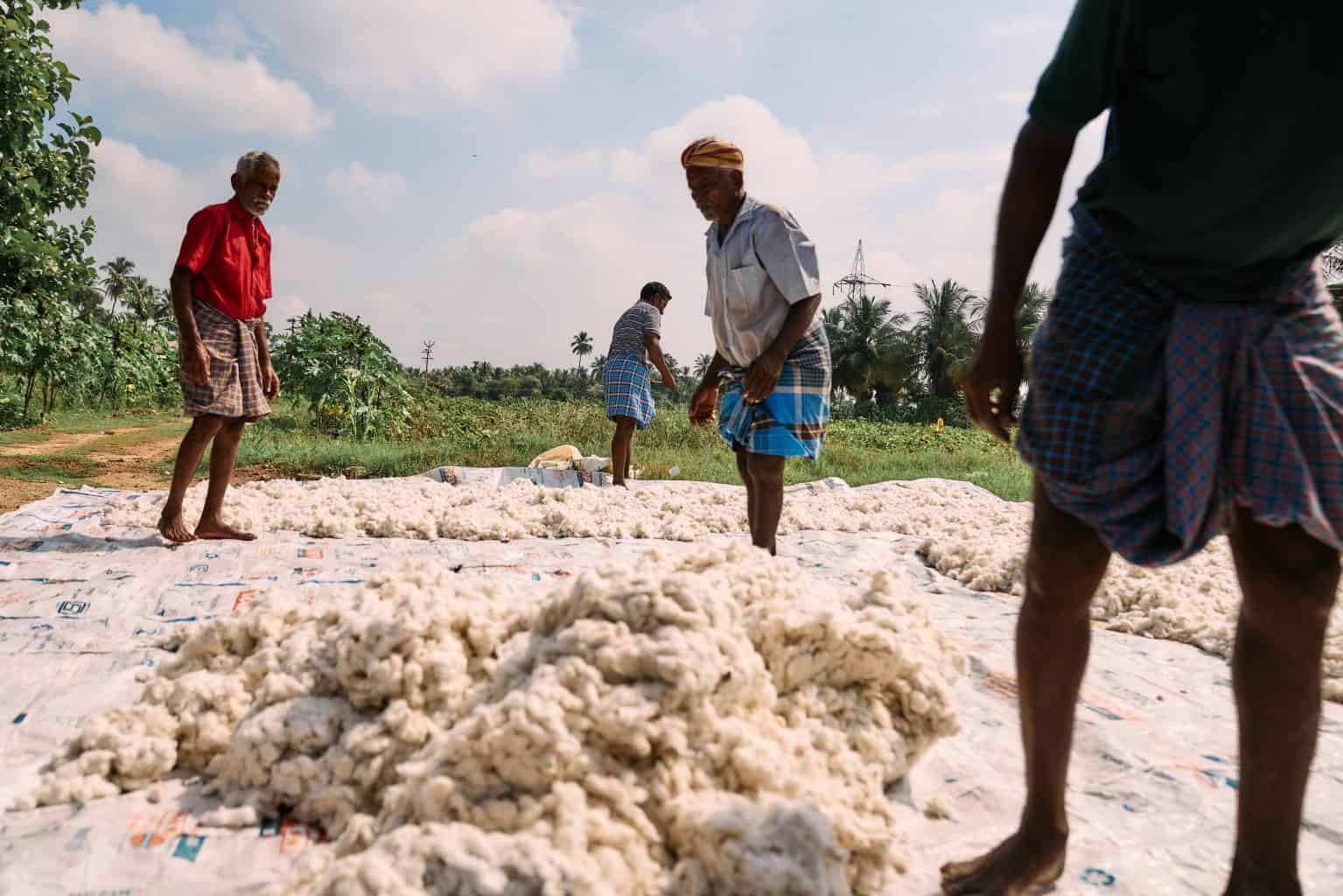

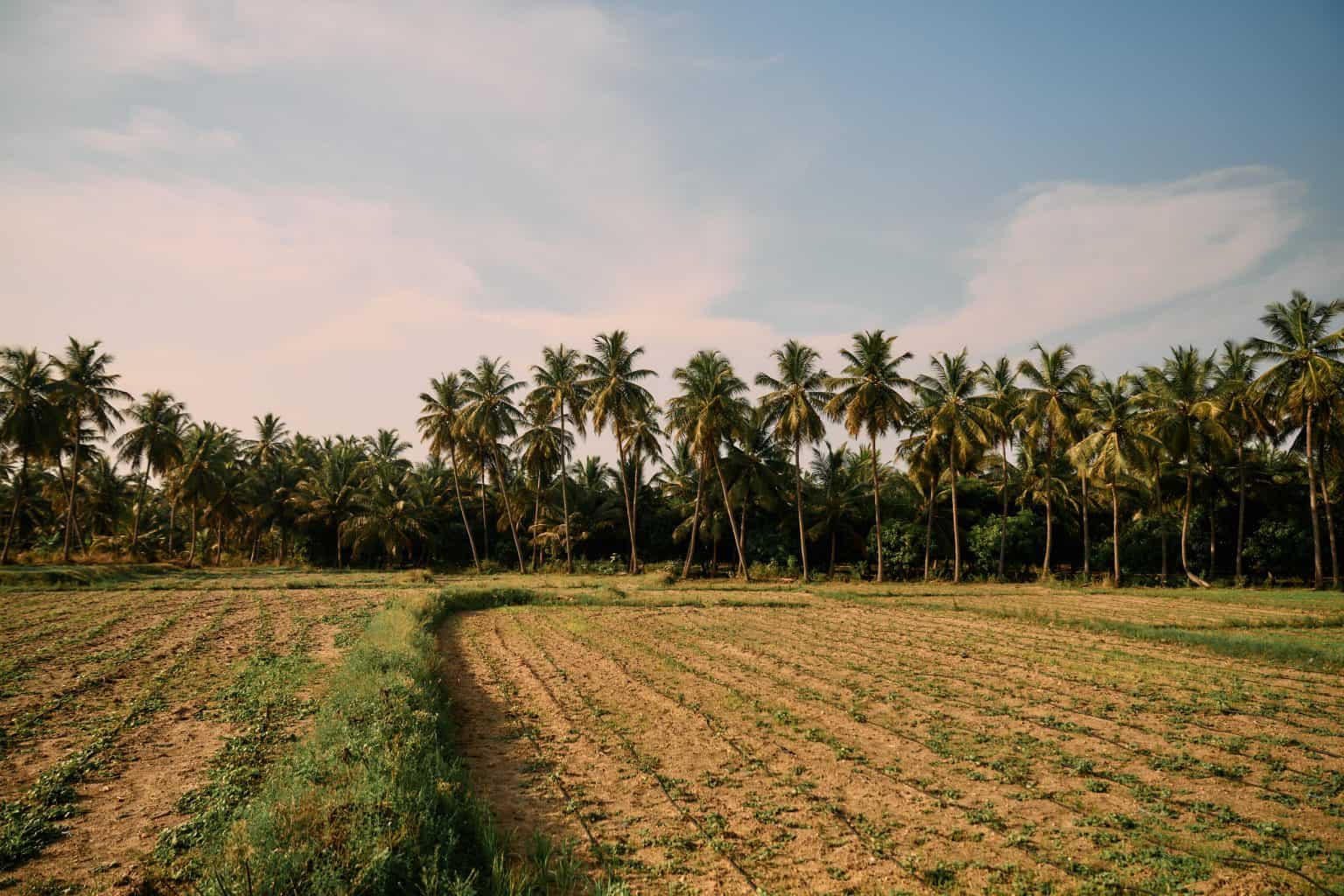
Leonie Freeman
Leonie Freeman is a London-based photographic artist with a deeply personal approach to portraiture. Her projects explore themes of identity, family, place, and relationships, through her practice built around patience and genuine connection. The Journey of Cashmere follows cashmere wool from goats in the grasslands of Alashan, Inner Mongolia, to a factory in Xian, to the finished knitwear products. Seeking authentic, intimate depictions of her subjects, Freeman was welcomed into the homes of goat farmers and their families throughout her journey.

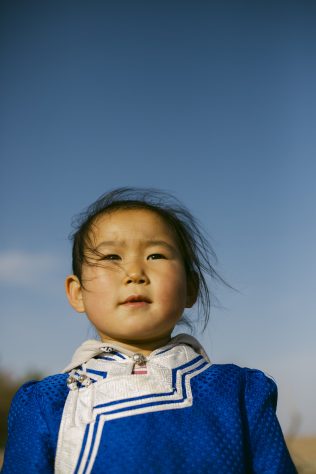
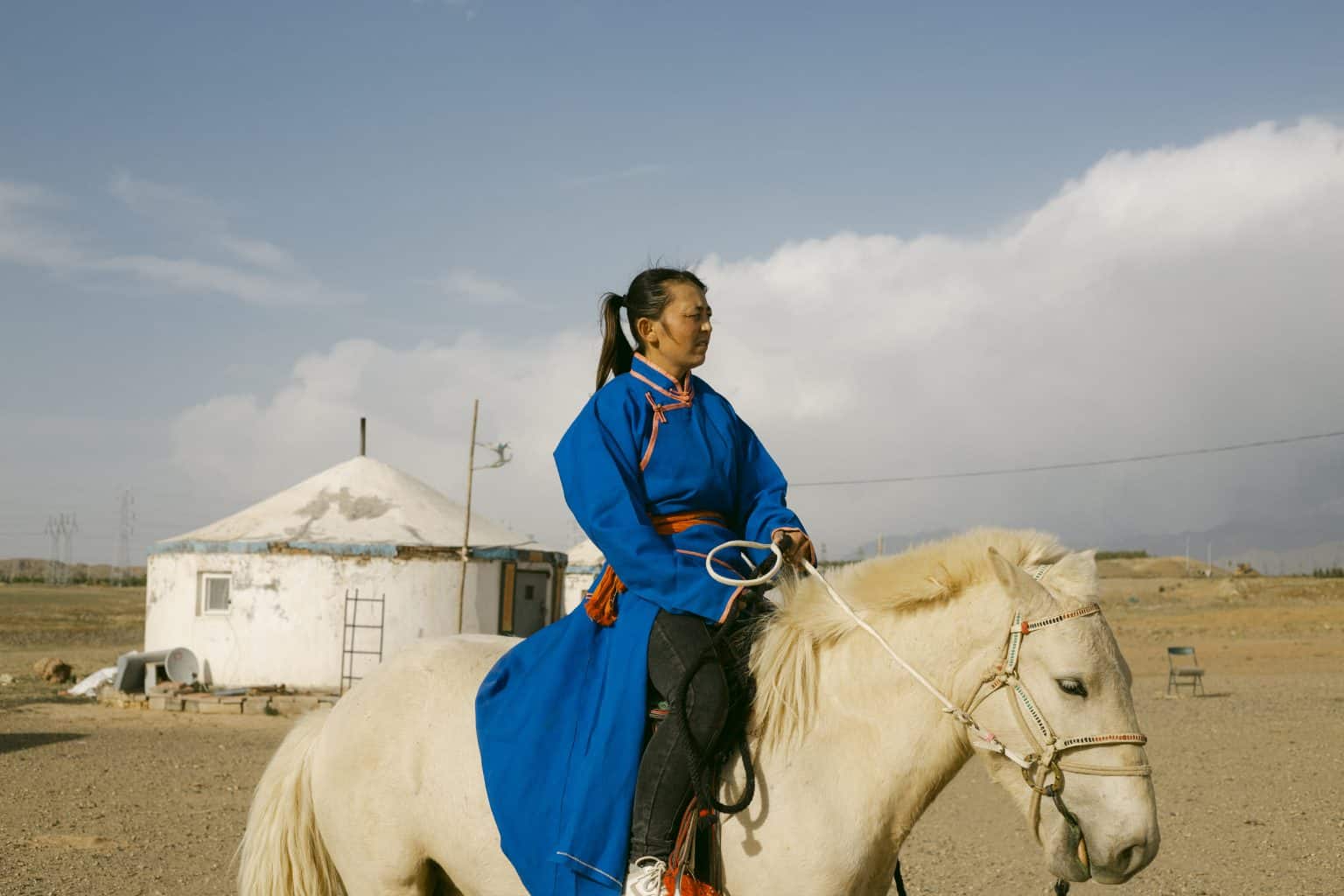

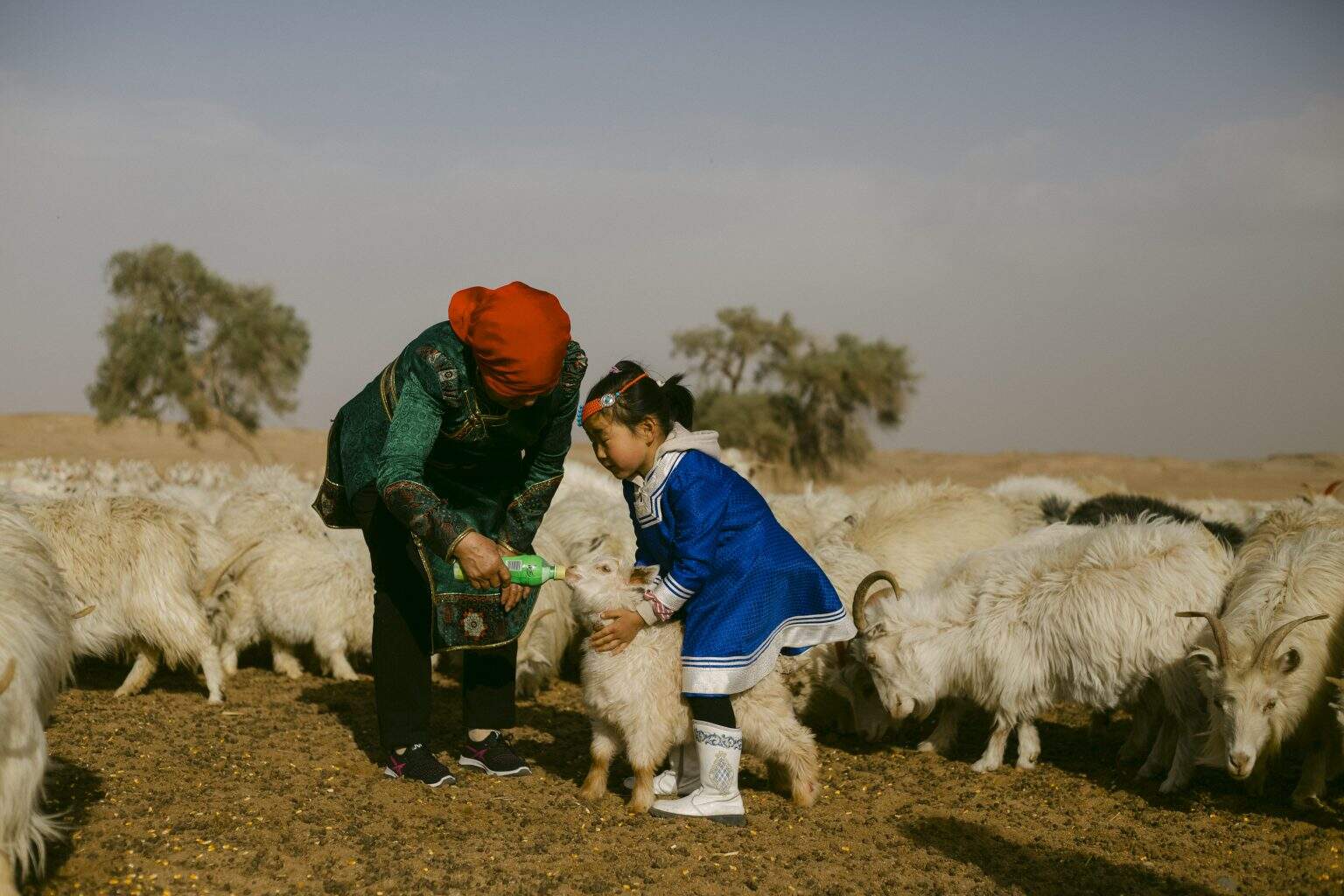
Gregorio Ibañez
Argentinian lens-based artist Gregorio Ibañez explores the socio-cultural and environmental realities of his home of Patagonia through photography grounded in empathy and a deep respect for the land. His project Historias de Coexistencia: Isabel & Pirren centers on Isabel, a Mapuche sheep and goat herder, and Pirren, the dog that changed her life. Pirren’s influence extends far beyond helping Isabel drop her livestock losses to zero; thanks to him, she no longer perceives the wildlife around her as a threat, but rather as natural cohabitants of the environment. The project was made possible by WCS Argentina, who provide the livestock guarding dogs to local producers.

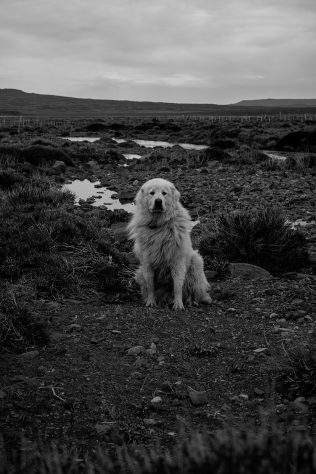
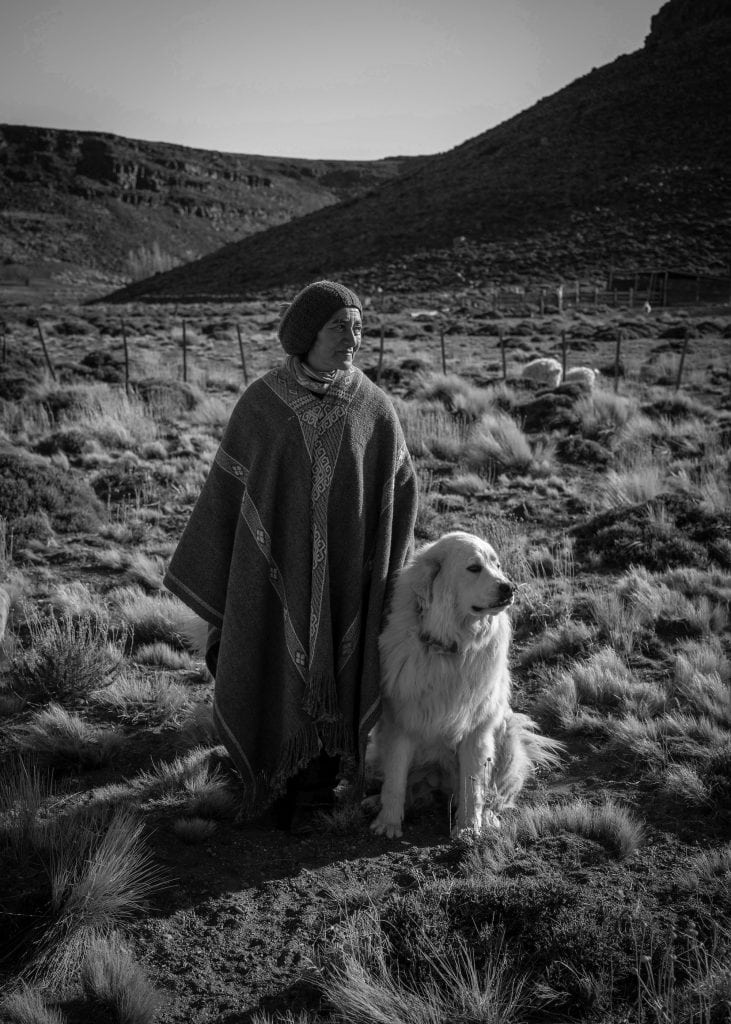

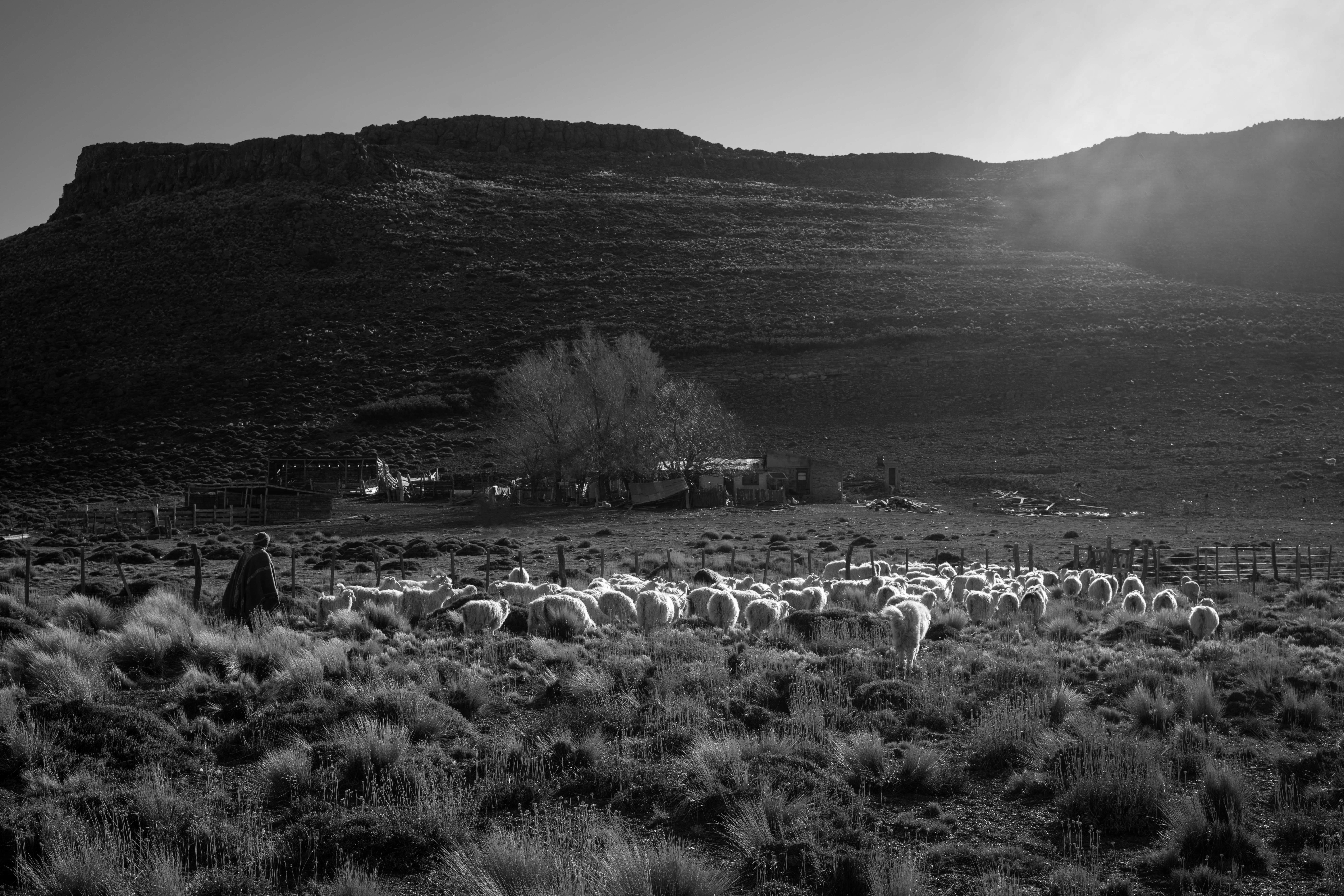
The 2025 competition is now closed. Sign up to our newsletter to stay up to date with our ongoing collaboration with Magnum Photos.
